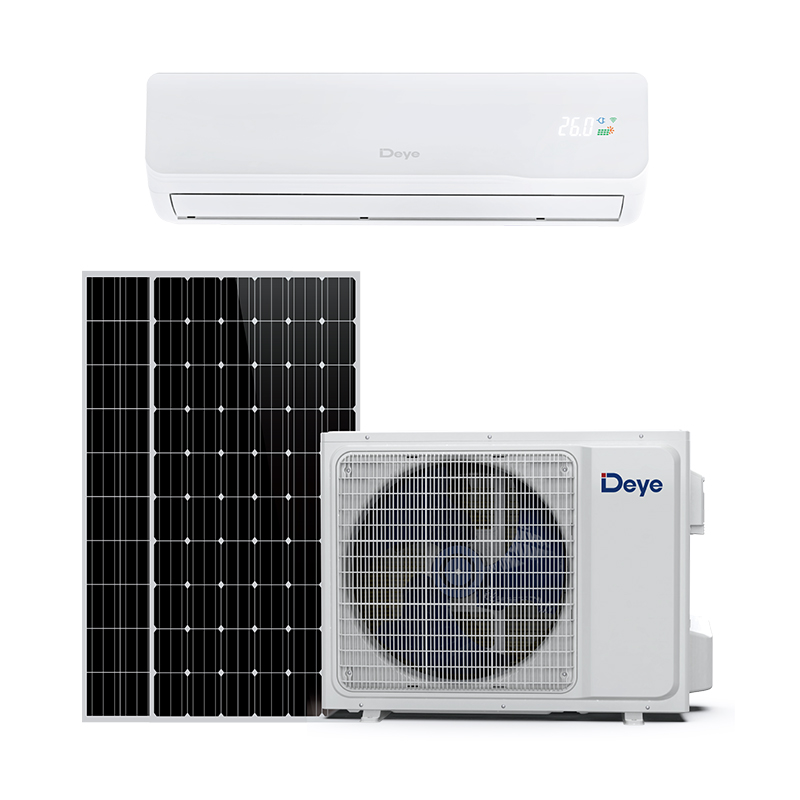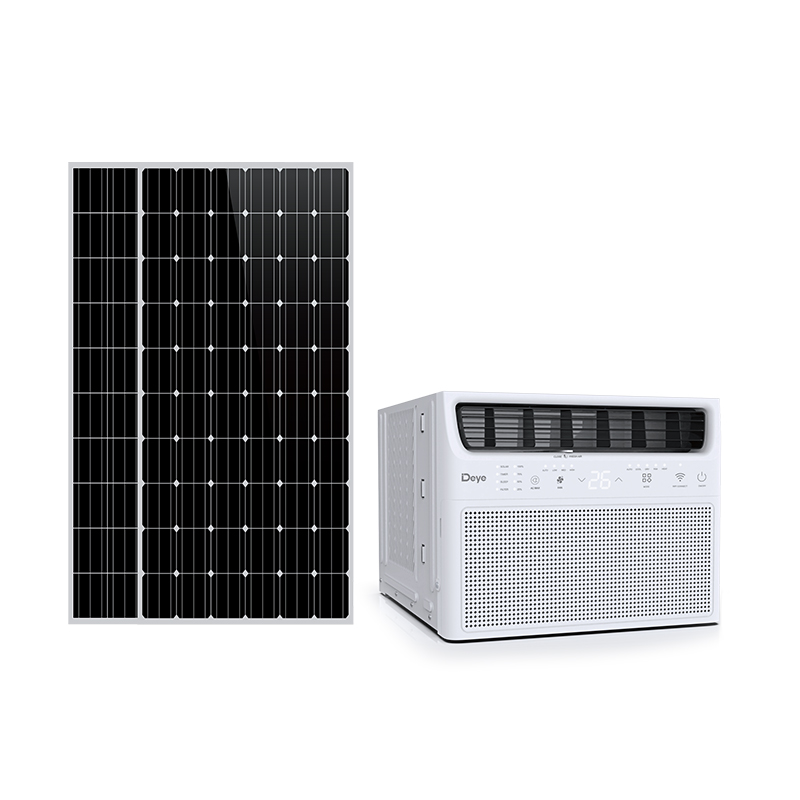Against the backdrop of the current global push for a green energy revolution, the DC Solar Water Pump system has gradually become a core product in agricultural irrigation, household water supply, industrial cooling and other fields due to its clean, efficient and sustainable characteristics. In order to ensure the best performance of this system, the selection of the installation location is particularly important, and a comprehensive and in-depth analysis and evaluation of environmental factors must be carried out.
Assessment of lighting resources
Lighting is the basic condition for solar power generation, and sufficient sunlight is the prerequisite for efficient operation of the DC solar water pump system. Therefore, when choosing an installation location, priority should be given to areas with longer sunshine hours and higher light intensity. Specifically, we should pay attention to the following aspects:
Latitude and seasonal changes: There are significant differences in solar altitude angles and sunshine duration at different latitudes. When selecting a site, the local latitude, seasonal changes, and the optimal tilt angle of the solar panels should be comprehensively considered to ensure that the system can obtain sufficient sunlight resources at all times of the year.
Obstruction analysis: Obstructions such as surrounding buildings and trees will directly affect the light-receiving area and light intensity of the solar panel. Before installation, a comprehensive screening assessment of the installation location is required to ensure that the solar panels can receive sunlight without obstruction to improve the overall efficiency of the system.
Impact of climatic conditions
Climatic conditions have a profound impact on the operating efficiency of DC solar water pump systems and their service life. Therefore, when choosing an installation location, consider the following factors:
Temperature: High temperature environments will reduce the conversion efficiency of photovoltaic cells, while low temperatures may cause ice or snow to accumulate on the panels. When selecting a site, it is recommended to choose an area with moderate temperature and shelter from wind and rain to reduce the negative impact of extreme climate on the system.
Precipitation and Humidity: In rainy areas, it is crucial to waterproof solar panels to prevent moisture from penetrating and causing short circuits or equipment damage. At the same time, excessive humidity may cause corrosion of electrical connections, so effective moisture-proof measures need to be taken.
Wind speed and direction: Wind speed and direction have a significant impact on the heat dissipation and stability of photovoltaic modules. In areas with strong winds, it is necessary to choose a stable installation bracket and ensure that the cables and connecting parts can withstand the influence of wind to ensure the long-term stable operation of the system.
Considerations of terrain and geological conditions
Topography and geological conditions also have an important impact on the installation and operation of DC solar water pump systems:
Ground flatness: The installation site should choose an area with flat ground and no large fluctuations to facilitate the installation and fixation of solar panels. For uneven floors, it is recommended to perform necessary leveling to ensure the stability of the equipment.
Soil bearing capacity: The weight of equipment such as solar panels and water pumps places certain requirements on the soil bearing capacity of the installation site. When selecting a site, a soil bearing capacity test should be conducted to ensure that it can meet the needs of equipment installation and operation.
Drainage system: In rainy areas, the design of the drainage system at the installation site is extremely critical. Ensure that equipment such as solar panels and water pumps are not affected by standing water to avoid equipment damage caused by water immersion.


 Español
Español русский
русский Français
Français Português
Português Deutsch
Deutsch عربى
عربى italiano
italiano





-1.jpg)









